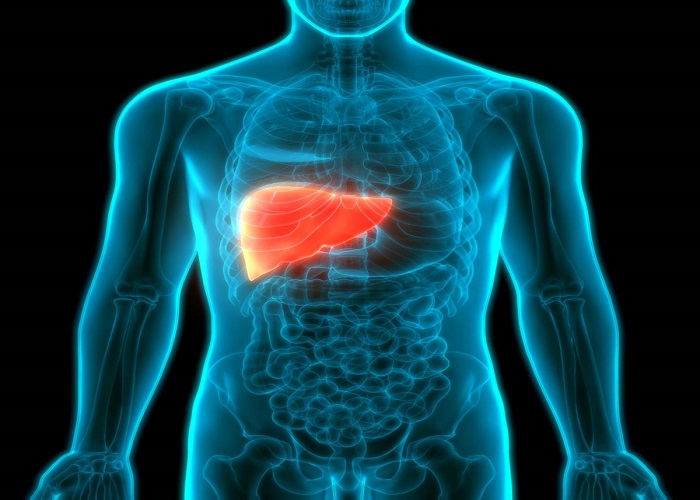Liver disease has become a significant area of concern for many countries, particularly when it comes to its impact on men. The prevalence and severity of liver diseases in the male population have drawn the attention of health authorities and policymakers worldwide.
One of the main reasons for this concern is the increasing incidence of liver diseases such as hepatitis (including viral hepatitis like hepatitis B and C), fatty liver disease (which can be related to obesity and unhealthy lifestyles), and liver cancer. These conditions not only pose a threat to the individual’s health but also have broader implications for society.
In men, certain risk factors may contribute more significantly to the development of liver disease. For example, higher rates of alcohol consumption among men in some countries can lead to alcoholic liver disease. Excessive alcohol intake over time can cause inflammation, scarring, and ultimately liver failure. Additionally, occupational exposures to harmful chemicals and toxins in some industries may also put men at a higher risk of liver damage.
From a health perspective, liver disease can have a profound impact on men’s quality of life. It can lead to symptoms such as jaundice (yellowing of the skin and eyes), fatigue, abdominal pain, and digestive problems. In severe cases, liver failure may require transplantation, which is a complex and resource-intensive procedure with its own set of challenges and limitations.
Economically, the burden of liver disease is substantial. The cost of treating liver diseases, including hospitalization, medications, and long-term care, can strain healthcare budgets. Moreover, the loss of productivity due to illness and absenteeism from work can also have a negative impact on the economy. For example, a man with advanced liver disease may be unable to work for an extended period, affecting his income and potentially contributing to financial stress for his family and society.
Countries are taking various steps to address this concern. Some are implementing screening programs to detect liver diseases in their early stages. This may involve routine blood tests to check liver function and markers for hepatitis, as well as imaging studies like ultrasounds to detect fatty liver or early signs of liver cancer. By identifying the disease early, treatment can be initiated more effectively, improving the prognosis for patients.
There are also efforts to raise awareness among men about the risks of liver disease and the importance of a healthy lifestyle. Public health campaigns are being launched to encourage moderate alcohol consumption, a balanced diet, regular exercise, and avoidance of exposure to harmful substances. These campaigns aim to educate men about the steps they can take to protect their liver health and reduce their risk of developing liver disease.
In the research arena, countries are investing in studies to better understand the causes and mechanisms of liver disease in men. This includes research on genetic factors that may predispose men to certain liver conditions, as well as exploring new treatment options and therapies. By advancing scientific knowledge, it is hoped that more effective prevention and treatment strategies can be developed.
In conclusion, the concern about liver disease in men at the country level is a crucial issue that requires continued attention and action. By implementing screening programs, raising awareness, and investing in research, countries are working towards reducing the incidence and impact of liver disease on the male population. This not only benefits the health and well-being of individual men but also has positive implications for the overall health and economic stability of society. As the understanding of liver disease continues to evolve, countries will need to adapt their strategies to effectively combat this growing health challenge.
Read more
- Understanding Fatty Liver Disease: Causes, Symptoms & Treatment
- What’s The Situation Of Healthcare In The United States?
- Fatty Liver Disease: A Comprehensive Guide to Recovery


